What is an RM?
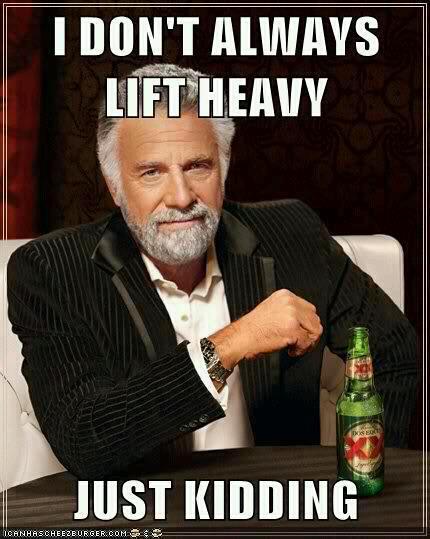
An “RM” stands for “Rep Max”. It’s usually preceded by a number. So, a “3RM” would be a 3-rep-max. This is typically understood to be “the most amount of weight I can lift for 3 reps”, but when translated as “A weight I can lift for a maximum of 3 reps” is also, and perhaps, even more correct.
The second definition is the one we are using in our current training cycle for both groups. “A weight I can lift for a maximum of 3 reps”, means you are working in a certain range which, for that day, represents a certain amount of neurological and muscular requirement. This is regardless of whether you have had previous days where you were capable of lifting more in that rep range. A “Rep Max”, you see, is NOT the same as your “Personal Record” (PR) or “Personal Best” (PB) (those two terms are interchangeable), unless, of course, on that day they all happen to be the same (you’ve established a new Personal Best with your Rep Max).
A Rep Max, for a coach, can indicate how training is affecting the athlete when that coach has a reference point for comparison. So, for example, if I witness Mel snatch 110# as her “1RM” for the day, and I know that in competition she has snatched 130#, that can say a lot to me about how training and life is currently affecting her nervous system/recovery etc…. Has Mel got worse at olympic lifting? Has she failed to improve? Not necessarily… and given what I know about Mel, likely not.
But, you can begin to see, why we have started tracking % of Personal Best, when doing Rep Max work. The RM is a data point along the journey.
What an RM is not…
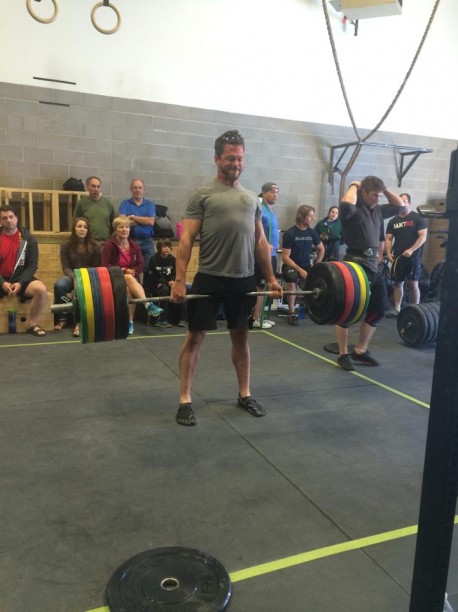
When I program an RM, I do not necessarily expect you to hit a personal best every time. This is a bit different between Foundation and Building programs at this time. I’ll explain more below.
What I really want you to understand is that an RM is not telling you to “risk it all” for a new PR. PRs in training should be almost “easy”… you should be able to “feel” it as soon as you start your training session, that today the bar is moving easier than other days. Forced PR attempts are almost never successful, and when they are, they almost always kind of hurt in a way. An RM is also not an excuse to miss lifts. If you are missing lifts regularly, then you are quite possibly getting worse. Remember, an RM is what you CAN lift for that number of reps.
If a person is going for a 200# snatch, they are better off to “stabilize” 190 or 195 by learning to hit that consistently, than to always be jumping from 185 to 200 to get their new PR. One day they’ll hit 195 and it will feel easier than normal, and they’ll know that’s the day to take it up to 200, and maybe beyond!
Why we are using an RM system…
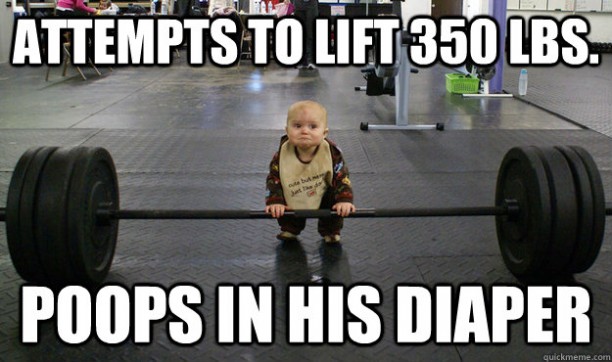
Both Foundation and Building are currently using an RM based system, although each is slightly different. The reason why we are using the system is that last year’s %-based program proved to be extremely over-challenging for some of our athletes, and maybe under-challenging for a few of them. I knew going into it that this type of issue existed, we’ve had lengthy talks about %-based systems with my mentors, as well as at my OPT and Poliquin seminars. The reality is that everyone’s nervous system is different.
Therefore, I had to choose another system. What most people don’t realize, is that when I program “4-6” reps, that, also, is an “RM” based program. The problem is that people, I find, tend to work less hard in rep range work than they do when I just blatantly write out “RM”. Why that is, I’ve never been able to figure out… but after 5 years of writing that stuff out and explaining the “rules”, and enforcing the “rules”, I just find this a lot easier.
What if I seem to be getting worse, or not improving…
The “Slow” Lifts
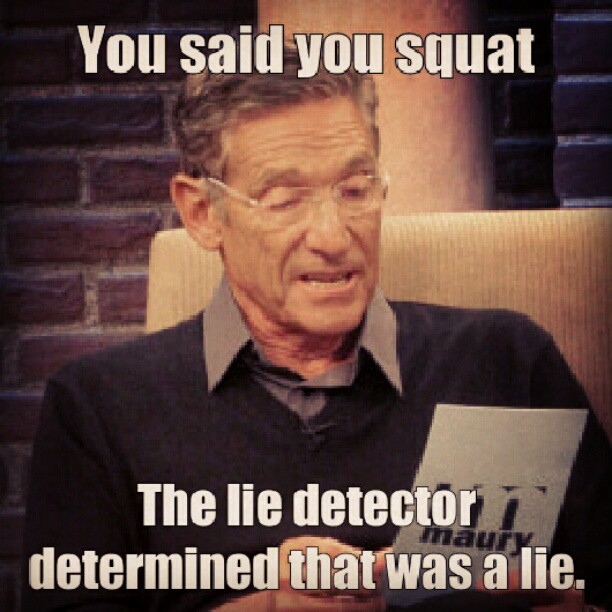
I am expecting for the duration of this cycle to see weekly improvement for most athletes in all of the slow lifts (Back Squat, Front Squat, Deadlift, Bench Press, etc.). If that’s not happening, there are a few reasons why it might be the case. They boil down mostly to recovery… not eating adequately (usually inadequate quantity, sometimes inadequate quality), and not sleeping adequately (again, usually inadequate quantity vs. quality). However, another reason might be unrealistic expectations. If your 5RM bench press is 100#, you can’t expect to add 10# to the bar next week… probably not even 5#. We have fractional plates for a reason. Adding 1-2.5# (1-2.5%) would be a fantastic achievement! (Please note…. women in particular should be aware that at the gym we have both 15kg bars, which weigh 33 pounds, and 35 pound bars… this can certainly be very noticeable in your pressing and olympic movements… we also have 20kg bars which are 44 pounds and 45 pound bars… less of a big deal, but still something to be aware of).
So, if the slow lifts are stalled or struggling, it is likely food intake, sleep or that you’re trying for too much (1-2.5% is awesome).
The “Fast” Lifts
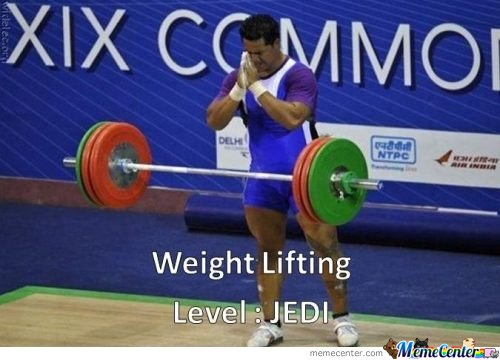
The Olympic lifts don’t tend to respond well to “linear” progression… In other words, you can’t expect that you’ll add a certain % to the bar week after week like you can with the slow lifts. The reasons are mostly because of the speed and technique requirements. A male can usually get up to snatching bodyweight consistently with proficient technique after a year or so of training, but as you start to move more than bodyweight the real “tug-o-war” begins… the feel of the lift is different… the same thing tends to happen at near 1.5x bodyweight in the clean.
Not being able to perform up to your “personal best” in the olympic lift week to week tends to boil down to nervous system recovery…. which is heavy on sleep, but can be tied to job stresses, food intake, mental focus, mood, etc. So, if I give you 15 minutes to build to an RM every week, we expect that there will be some fluctuation. What I am hoping for, is that you will stabilize a certain SUB-maximal weight over the course of a few weeks and then one day, as you’re warming up you’ll feel that weight go up “easier than normal”… and you’ll know it’s time to try for that new PR.
Conclusion
I hope this article helps alleviate some of the anxiety some of you are feeling around the “RM”s in the training cycle. If you are having these anxieties it’s probably because you’ve been training for a couple years and you’re not always seeing progress week to week. We don’t expect you to perform at your best EVERY single time the word “RM” is on the board. If it’s a slow lift, we want you to try and work heavier than last week without abandoning all to do it… and if it’s a fast lift, we want you to work with solid technique at whatever you’re capable of doing that day. Chill out, enjoy the training, enjoy the journey
Questions? Email brendan@sublimesc.com.

